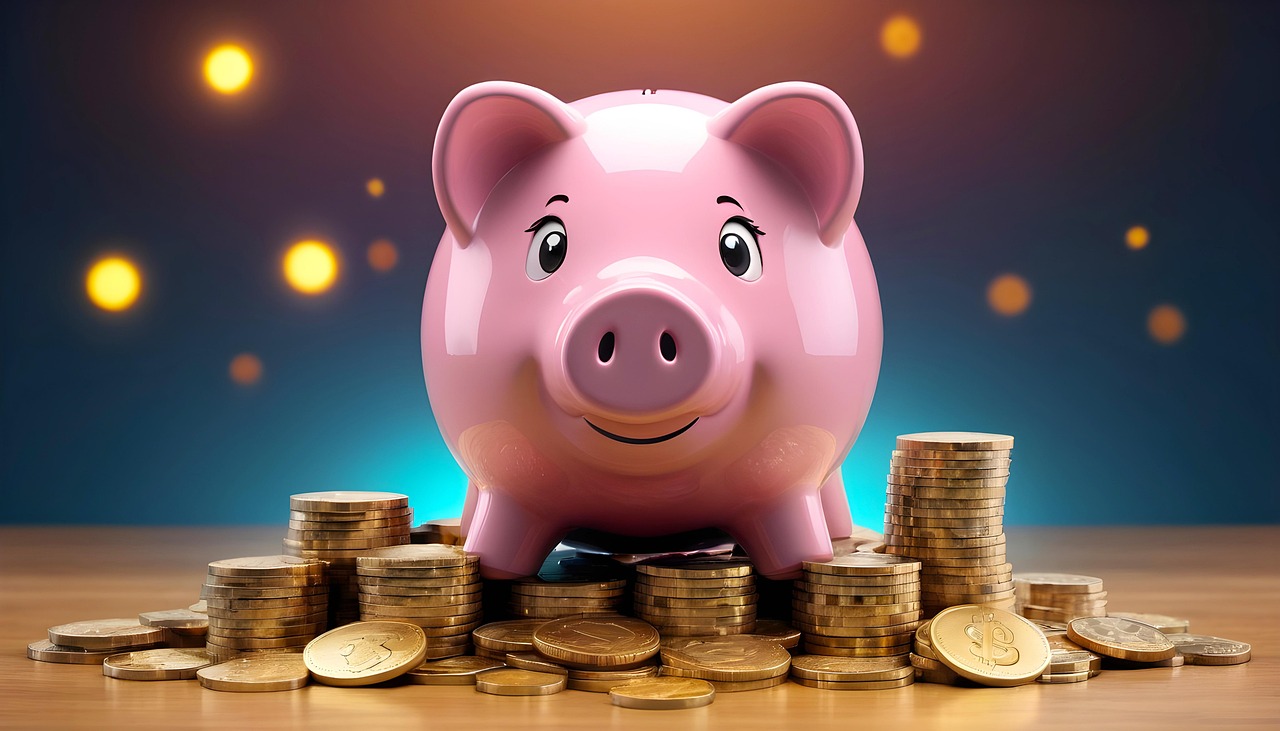Life is full of surprises. Unfortunately, many of them come with a price tag. A car repair, a sudden trip to the dentist, a broken appliance, or even a job loss—these unexpected events can cause massive financial stress if you’re not prepared.
That’s where your financial safety net comes in: the emergency fund. It’s not a glamorous topic, but it is the absolute cornerstone of financial security. This guide will show you how to build one, no matter how small your income may feel right now.
What Exactly is an Emergency Fund?
An emergency fund is a stash of money set aside specifically to cover unexpected expenses or financial emergencies. The key word is unexpected. It’s not for vacations, holiday gifts, or a spontaneous sale. It’s for true, unplanned necessities.
This fund acts as a buffer between you and life’s curveballs, preventing you from going into high-interest debt (like credit cards or payday loans) when something goes wrong.
How Much Do You Really Need?
This is the question that stops most people before they start. The answer is: start small, then build.
-
Step 1: The Starter Fund ($500 – $1,000)
Your first goal is not $10,000. It’s a small, achievable amount that can cover a minor car repair or a co-pay at the doctor. This initial buffer is enough to handle most small emergencies without derailing your budget or forcing you into debt. -
Step 2: The Full Safety Net (3-6 Months of Expenses)
Once you have your starter fund and are managing your debt, you can work toward the ultimate goal: saving 3 to 6 months’ worth of essential living expenses (rent/mortgage, utilities, groceries, insurance, minimum debt payments). This larger fund protects you against major events like prolonged unemployment or a medical issue.
Where to Keep Your Emergency Fund
This money needs to be safe and accessible. This is not money for the stock market.
-
A High-Yield Savings Account (HYSA) is perfect. It’s separate from your checking account (so you’re not tempted to dip into it), but you can still transfer money quickly in an emergency. Plus, unlike traditional savings accounts, HYSAs offer a higher interest rate, so your money grows a little while it sits there.
-
Do NOT keep your emergency fund in your checking account (too easy to spend) or invested in stocks/crypto (too risky and volatile).
5 Practical Steps to Build Your Fund from $0
1. Start With Your “Why”
Get specific. What financial stress keeps you up at night? Is it your old car breaking down? A pet getting sick? Write it down. Visualizing the peace of mind you’ll gain is your strongest motivator.
2. Make It Automatic (The “Set and Forget” Method)
The easiest way to save is to make it invisible. Automate it.
-
How: Set up an automatic transfer from your checking account to your dedicated emergency savings account for the same day every month (or every payday). Even if it’s just $20 or $50. Out of sight, out of mind. It will grow without you having to think about it.
3. Find Your “Extra” Money
You can find cash to redirect toward your fund without getting a second job.
-
The Bonus: Tax refunds, work bonuses, or birthday money. Commit to putting at least half of any windfall directly into your emergency fund.
-
The Side Hustle: Sell old clothes, books, or electronics online. Dedicate all proceeds from a garage sale or a weekend side gig to your fund.
-
The Budget Cut: Review your subscriptions. Cancel one streaming service or gym membership you don’t use. Redirect that monthly fee to your savings.
4. Start a “Change Jar” (Yes, Really!)
It sounds simple, but it works. Empty your pockets of change and small bills at the end of each day. Once the jar is full, deposit it. It’s a tangible, visual way to see your progress.
5. Celebrate Mini-Milestones
Saving $1,000 is a huge achievement! Celebrate your progress in a small, non-financial way. Tell your partner, do a happy dance, or enjoy a night in with a movie. Acknowledging your success reinforces the positive habit.
What Counts as a True “Emergency”?
This fund has one job. Use it only for genuine, unavoidable emergencies. Ask yourself these three questions:
-
Is it unexpected? (You didn’t see it coming.)
-
Is it necessary? (It needs to be dealt with now.)
-
Is it urgent? (It can’t wait.)
Examples of YES: Car repairs so you can get to work, emergency dental work, a necessary flight to see a sick family member, replacing a broken water heater, living expenses during sudden unemployment.
Examples of NO: A great deal on a new TV, holiday shopping, a vacation, a routine check-up, a non-urgent home renovation.
You Can Do This
Building an emergency fund is a marathon, not a sprint. Every single dollar you save is a step toward incredible peace of mind. You are building a shield against stress and a foundation for your future financial goals. Start today. Your future self will thank you.
How much is in your emergency fund today? Share your progress or goal to inspire others in the comments!

